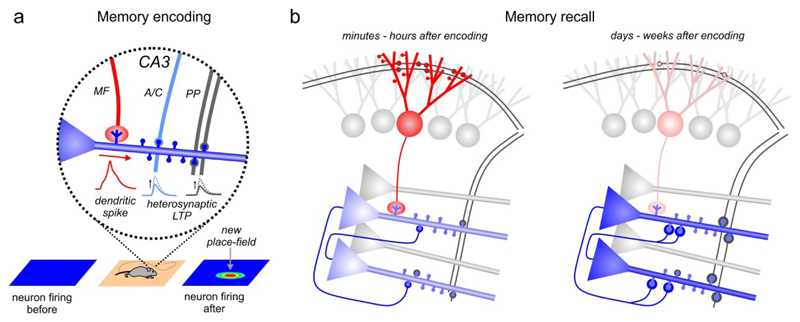Fig. 3. DG functions in memory encoding and recall.
a | Schematic of memory encoding. Mossy-fiber (MF) input to a CA3 pyramidal cell dendrite can elicit dendritic spikes which may promote heterosynaptic potentiation of perforant-path (PP) and recurrent-collateral inputs. This process may potentially underlie the formation of new place-fields (lower row). b | Left, Rapid strengthening of PP-GC and MF-CA3 synapses may support the re-activation of CA3 pyramidal cells during memory recall minutes to hours after the original experience. Right, Once CA3 ensembles have been permanently established by durable plasticity of PP-CA3 and recurrent-synapses, the memory can be reliably recalled without MF input, which is reduced at this stage due to depotentiation of PP-GC synapses167.

